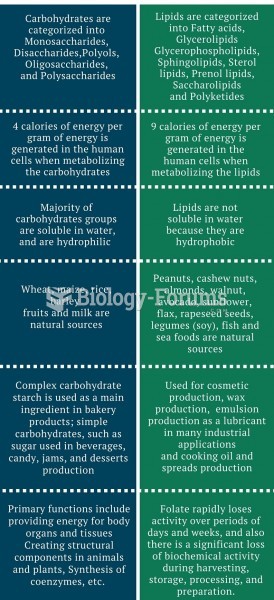Answer to Question 1
Shared environment those aspects of a family that impact all members more or less equally; parenting style, neighborhood, extended family members, etc.
Nonshared environment those aspects of a family or an individual that impact each member differently; gender, age, relationship to siblings, peer relationships, temperament, academic skills, etc.
Examples any reasonable personal example that illustrates an understanding of these concepts
Answer to Question 2
Understanding and treating the distressing behavior caused by mental illness is the main objective of abnormal psychology. The Diagnostic and Statistical Manual of Mental Disorders (5th ed.; DSM-5; American Psychiatric Association APA, 2013), the most widely used classification system of mental disorders, indicates that a mental disorder has the following components: (a) involves a significant disturbance in thinking, emotional regulation, or behavior caused by a dysfunction in the basic psychological, biological, or developmental processes involved in normal development; (b) causes significant distress or difficulty with day-to-day functioning; and (c) is not merely a culturally expected response to common stressors or losses or a reflection of political or religious beliefs that conflict with societal norms. This definition is quite broad and raises many questions. First, when are symptoms or patterns of behavior significant enough to have meaning? Second, is it possible to have a mental disorder without any signs of distress or discomfort? Third, what criteria do we use to decide if a behavior pattern is a reflection of an underlying psychological or biological dysfunction and not merely a normal variation or an expectable response to common stressors? Complex definitions aside, most practitioners agree that mental disorders involve behavior or other distressing symptoms that depart from the norm and that harm affected individuals or others. Although the criteria for mental disorders remain a subject of debate, certain behaviors are considered abnormal in most situations. These behaviors include refusal to leave your house; depression so severe that you sleep much of the day; starving yourself because you are terrified of gaining weight; experiencing frequent nightmares involving a trauma you experienced; forgetting your own identity; feeling overwhelmed with fear at the sight of a spider; avoiding contact with objects such as doorknobs because of the fear of germs; believing that others can hear your thoughts; seeing aliens inside your home; collecting so many items that your health and safety are jeopardized; and intentionally making your own child sick with the purpose of receiving attention. Even considering varying cultural norms, these situations would be seen as abnormal.







